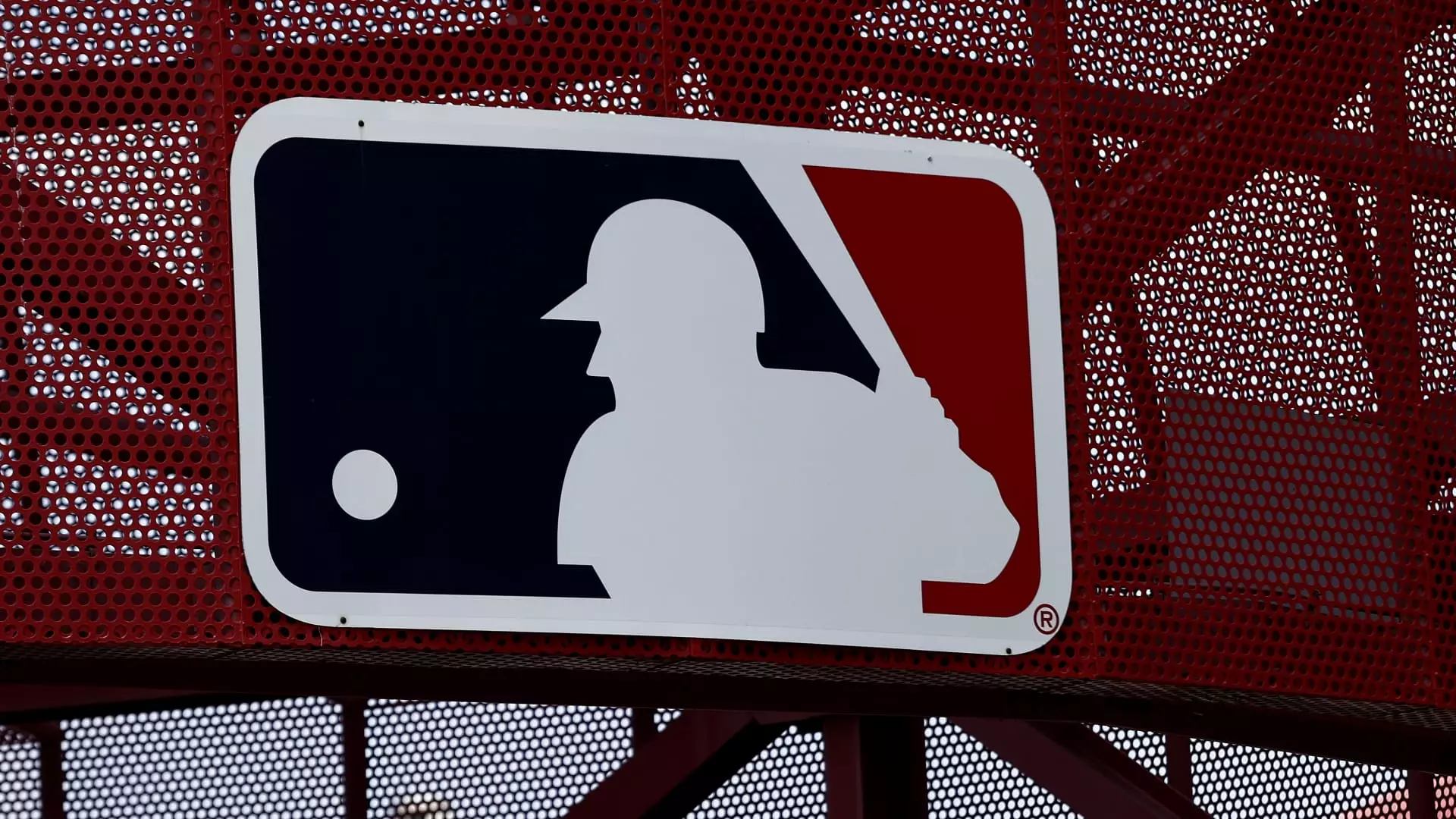The ongoing financial saga surrounding Diamond Sports Group, the largest proprietor of regional sports networks in the United States, raises significant concerns for Major League Baseball (MLB) and the Atlanta Braves. As outlined in a recent bankruptcy court motion, both organizations have expressed skepticism over Diamond’s proposed restructuring plan, suggesting that without a viable pathway to stability, the company may soon find itself back in the financial quagmire from which it is currently attempting to escape. The implications of this uncertainty extend beyond mere administrative concerns; they position the future of regional sports broadcasting—and the teams that rely on it—on precarious ground.
The Atlanta Braves and MLB have articulated “grave concerns” about the feasibility of Diamond’s current reorganization strategy. Dismissed as inadequate, the plan has been criticized for lacking the necessary detail to inspire confidence. The bankruptcy filing revealed that the plan consists of an extensive array of 20 documents spanning 181 pages, yet the organization behind it has provided insufficient information to address the elements that are crucial for both the league and the Braves in evaluating its potential success. They worry not only about the viability of Diamond’s model but also about the likelihood that the company might struggle again, perhaps within a matter of months.
Given that the Braves operate under Atlanta Braves Holdings—having restructured from their previous ownership under Liberty Media—there is a vested interest in ensuring that Diamond stabilizes. With digital media consumption on the rise, any disruption in broadcasting capabilities could have direct consequences on both viewership and revenue streams.
The source of the hesitation stems, in part, from Diamond’s lack of transparency regarding its financial recovery plan. MLB and the Braves have specifically requested more insight into Diamond’s intended commercial partnership with Amazon, a significant move for any sports entity in today’s digital-first world. The discussions around this partnership remain ongoing, yet Diamond’s representatives have stated that existing confidentiality agreements limit their ability to disclose specific details. This lack of clarity leaves fans and stakeholders in a lurch, as they remain unaware of what the future holds in terms of accessibility to games and content.
Moreover, a particularly pressing concern revolves around the direct-to-consumer strategy that Diamond is reportedly pursuing, an essential approach given the mass exodus of customers from traditional cable services. Without a robust and adaptable streaming solution, there is a risk that baseball fans might find themselves unable to access their teams’ games, which could deepen the financial losses already being experienced by many franchises.
Amidst these uncertainties, the dialogue around contracts remains a focal point. While Diamond has pledged to retain its agreement with the Braves, it aims to renegotiate with a total of eleven other MLB teams with which it has existing contracts. The stakes are high, but not all teams share the same reliance on Diamond’s networks. Teams like the Cincinnati Reds have chosen to sever ties, a move signaling apprehension regarding Diamond’s future stability.
Amid the negotiations, the St. Louis Cardinals reportedly reached a consensus with Diamond, aligning their local broadcasting rights, indicating that not all teams are willing to distance themselves at this stage. There are signs that some clubs, including the Miami Marlins, are also moving toward agreements, suggesting that there may still be a heartbeat in Diamond’s mission to reorganize effectively.
As the MLB and the Braves evaluate Diamond Sports Group’s trajectory following the bankruptcy motion, they underscore an urgent need for a well-structured, comprehensive plan to ensure the sustainability of regional broadcasting rights. The refusal to align with an unclear and uncertain blueprint could leave a broader impact on how fans connect with their favorite teams in this increasingly complex sports media landscape.
Ultimately, the fallout from Diamond’s financial missteps extends beyond the confines of the court; it reverberates across the fabric of regional sports, affecting fans, teams, and the very structure of baseball’s broadcasting landscape. Considering the rapid evolution of media consumption, the urgency for a definitive resolution is palpable—both for the Braves, the MLB, and the many fans whose loyalties depend on accessible broadcasts of their beloved teams.

